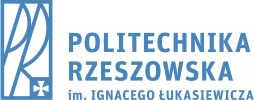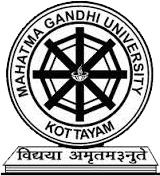Overcoming Barriers to Nanofluids Market Uptake -- Nanouptake™
COST Action CA15119
Nanofluids are defined as fluids that contain nanometre-sized particles with enhanced heat transfer properties. Since 1995, active research on this topic has been conducted (more than 1,700 papers in the last 3 years). Nanofluids improve the efficiency of heat exchange and thermal energy storage systems and they are specifically mentioned in the Strategic Energy Technology Plan and the Materials Roadmap to enable Low-Carbon Technologies as potential elements to improve the efficiency of heat exchange and thermal energy storage systems. Consequently, nanofluids address the European Horizon 2020 Energy and Climate objectives (Societal Challenges 3: Secure, efficient and clean energy; and 6: Climate action, environment, resource efficiency and raw materials). In addition, nanofluids fall within one of the Key Enabling Technologies (KET) supported by the European Commission. Although some nanofluid commercial applications currently exist, most of the current nanofluids are at Technological Readiness Levels (TRL) 1 to 3. Most of the nanofluids research in COST countries has been conducted by Research, Development and Innovation (R+D+i) centres through national funding. Additional coordinated research and development efforts are required to develop nanofluids up to higher TRL levels and to overcome commercial application barriers. If these barriers are overcome, nanofluids will be an important player in the Value Added Materials (VAM) for the energy sector.The objective of the NANOUPTAKE COST Action is to create a Europe-wide network of leading R+D+i institutions, and of key industries, to develop and foster the use of nanofluids as advanced heat transfer/thermal storage materials to increase the efficiency of heat exchange and storage systems.
Study of fundamental chemical and physical properties of magnetic ionic liquid nanofluids
joint Indo-Polish research; grant No. DST/IND/POL/P-06/2014
The main goal of the project is development of synthesis of highly crystalline and magnetic Fe3O4/Fe2O3 nano structures with varying morphologies using ionic liquids by microwave/hydrothermal assisted routes and chemical and physical characterization of this materials.
Magnetic nanofluid research has become an increasingly important inter-disciplinary area of investigation having high significance in technological and biomedical field. The knowledge from the field of physical and chemical science would be indispensible to solve many problems addressing its colloidal stabilization, magnetism, thermal conductivity and rheological issues. The formation of rich structures like chains, columns, aggregates and labrynthine patterns makes magnetic nanofluid research even more interesting and unique. Numerous synthetic routes can be used to prepare ferrofluids and their inherent dual features like normal liquid flow property and magnetic controllability are fascinatingly advantageous for fulfilling the diverse requirements in many fields. Magnetic nanofluids such as ionic liquid ferrofluids (IL-FFs) find high potentiality to be used in high temperature conditions due to the very low vapor pressure, high thermal/electrical conductivity and good thermal stability of ionic liquids. This research project mainly aims at the study of physical and chemical properties of ionic liquid magnetic nanofluids. For this, a joint collaboration between the School of Chemical Science (SCS), Mahatma Gandhi University (MGU) and the Department of Physics and Medical Engineering, Rzeszow University of Technology, Poland was established.





